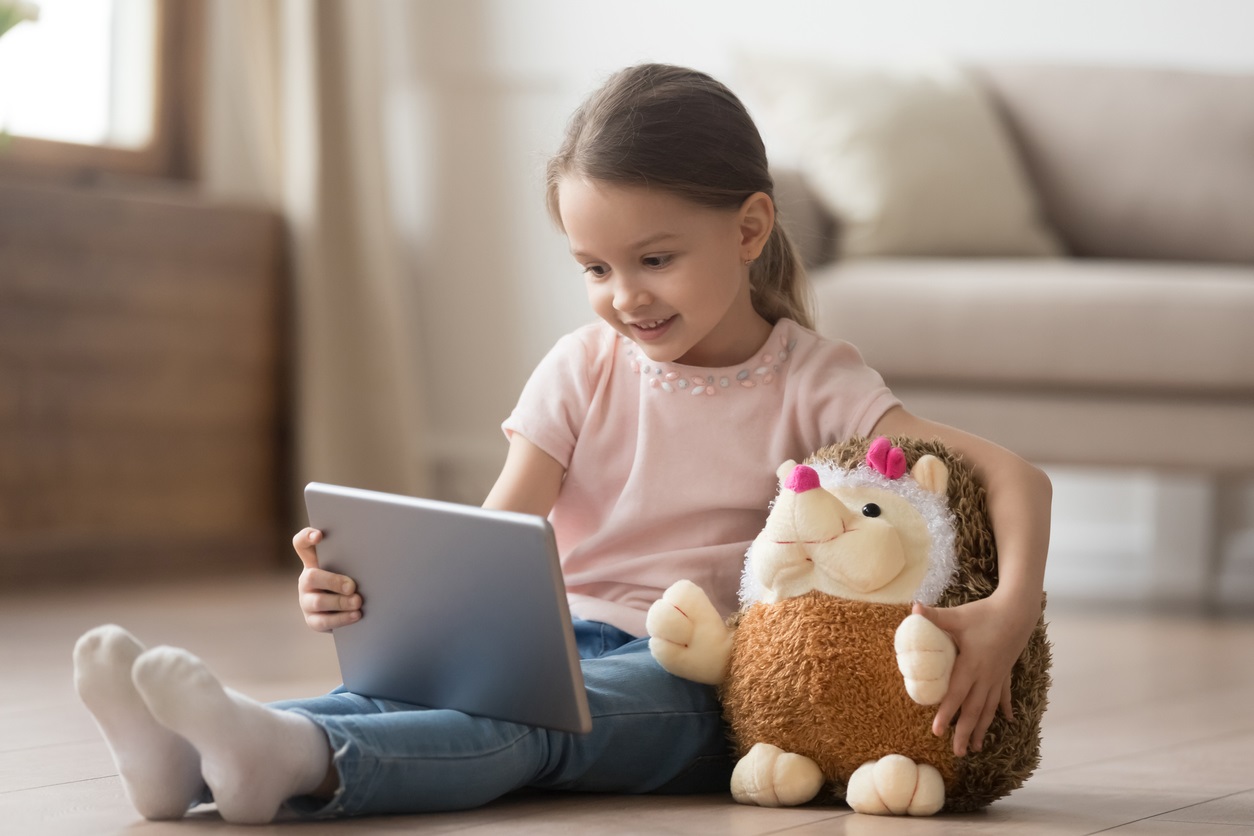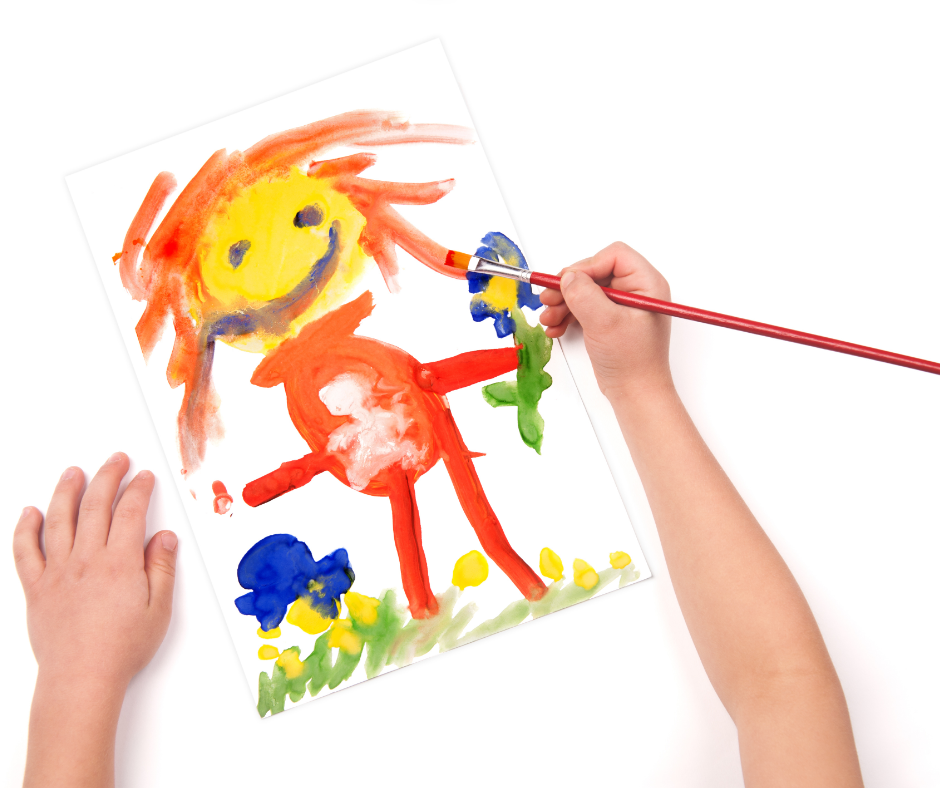How To Keep Children Connected During COVID-19

Question: “I’ve made a decision for my family that my child is not going to kindergarten during the COVID-19 epidemic. How do I continue to support social skills, especially when my child is the only child in our family?”
A Reflection
When we think of socialising, we think of people we like, the people we want to be with and the people we like to have fun with. If we were four or five that would probably mean that we would want to be connecting with our playmates from kinder or childcare.
Being connected means having someone in your mind, and you being in someone else’s mind. While COVID-19 continues, even though we might not be able to be physically connected with all the people we want to, how can we still remain in their minds, and they in ours?
Remembering friends
Ask your child: do you remember the names of the children in your class/group? If you have a photo of the children together or snaps you’ve taken of your child at kinder/ school, you might like to look through these together.
Remembering… we call this the “wow connection” when someone pops into our head and we smile and get a warm fuzzy about something we experienced together. Ask your child who they feel the ‘wow connection’ with? How might a child tell their friend about this memory? How can they reconfirm connections?
You might try:
- Recording (or audio recording) your child talking about the memory, and sharing
- Drawing, writing about the memory, and sharing
- Your child might like to add the words “I remember when you and I… thanks for being my friend”
Talk with your child about the children they know and remember, and smile together about the relationships and the things they like to do together. This may even spark a thought to make further connection.
Greetings
Greetings such as a hello, a smile or a wave are one of the most powerful connectors – they say in a split second “hi, I see you, and I’ve taken the time to show that I have noticed you”. Greetings don’t mean you have to have a long and lengthy conversation but can be a feel good, bucket-filling moment because they make us feel noticed, and connected. Both adults and children have these moments – feeling the delight that someone remembers or notices us.
How can your child greet some else, smile at others, say “g’day” without lots of words, or without any spoken words today, right now whilst they are thinking of another?
You might try:
- A text with an emoticon?
- A photo with a wave or smile?
- A drawing which can be put in someone’s mailbox, popped as a surprise under their doormat, or posted.
Staying connected
Support your child to have conversation with friends. Big conversations over the telephone are not usually a strong skill for young children and often parents will need to prompt or help to plan this, or the conversation may fizzle out. Children sometimes need visual prompts to assist them to ‘stay tuned’ especially when talking with a same-aged child. A video chat is more often successful, especially when there are plans of what to say/do and some visual prompts. It can be even better when an adult assists. Photos of experiences, tours of bedrooms, sharing about pets, singing songs and book reading can all be fun.
Play together. Organise video time together where the children can play alongside each other. Cooking might be fun! You might try making pancakes at the same time and then having morning tea together. Or perhaps drawing – “you draw what I draw (one line at a time)” or “I’m building this, what are you building?”.
You can also try on-going, non-verbal connection.
You might try:
- Sending an on-going story back and forth, that each child has to add a few sentences to daily.
- Or swap questions! “Five questions I want to ask you today are..”
- Four things we can do today are.. (and send me photos as evidence!)
- Three secret helping tasks to do for your mum today.
- Two pictures to draw for me.
- The joke of the day/ the daily funny

Something to think about
- For some children building connections without the face to face may be easier.
- Most young children are likely to need help with social connections which are not naturally play-based.
- If your child is one of those children who might benefit from building relationships in a more formal style, take advantage of some of these ideas.
- If making connections with other families is something that you do not feel confident with, rest assured that you will not be the only one! Your kindergarten or school teacher will be more than happy to help you connect... just ask.